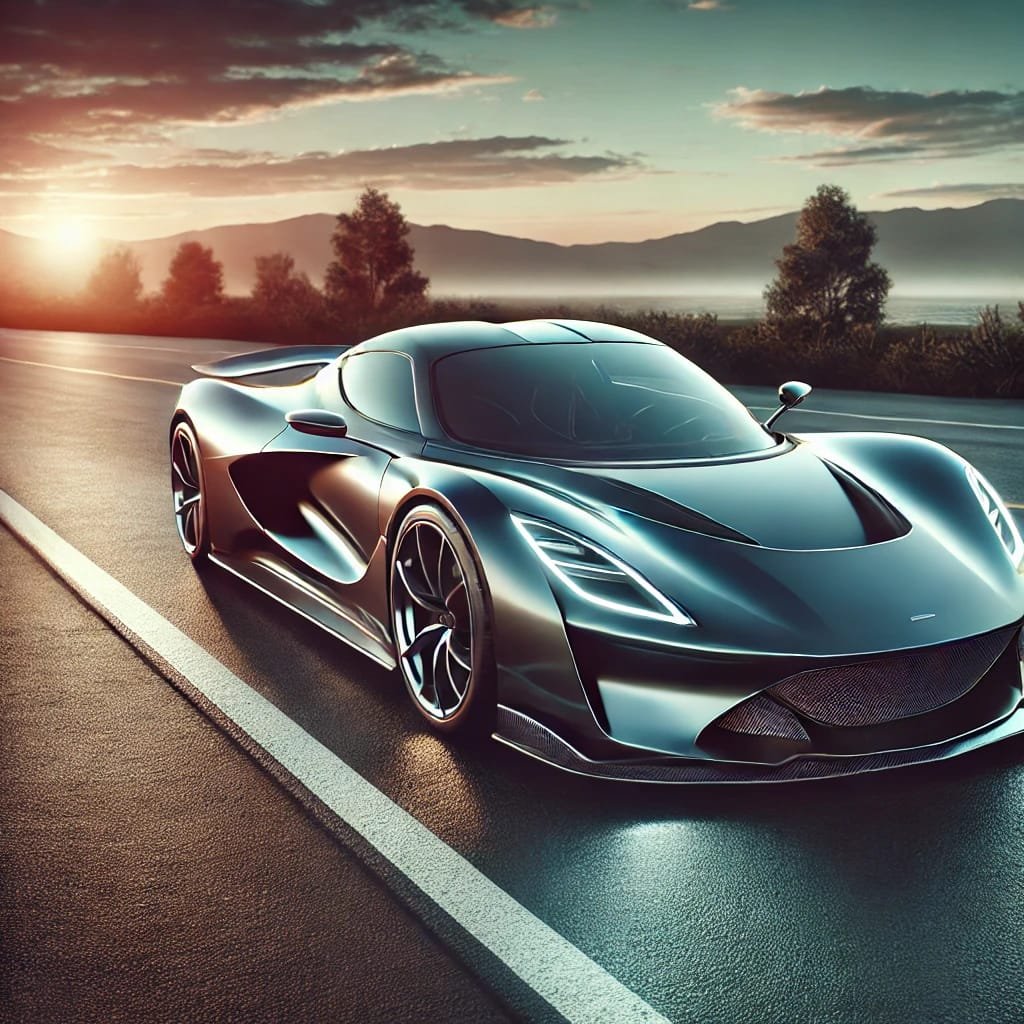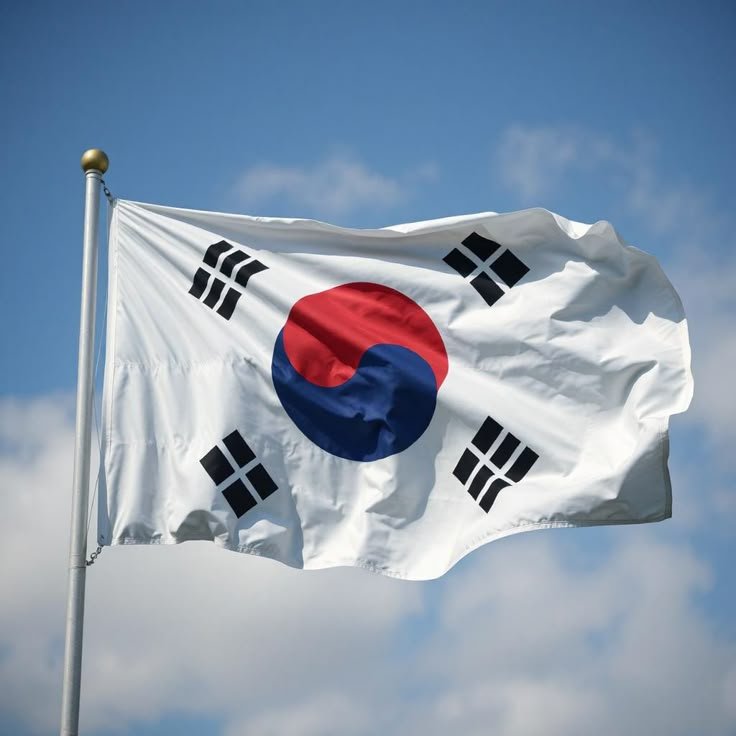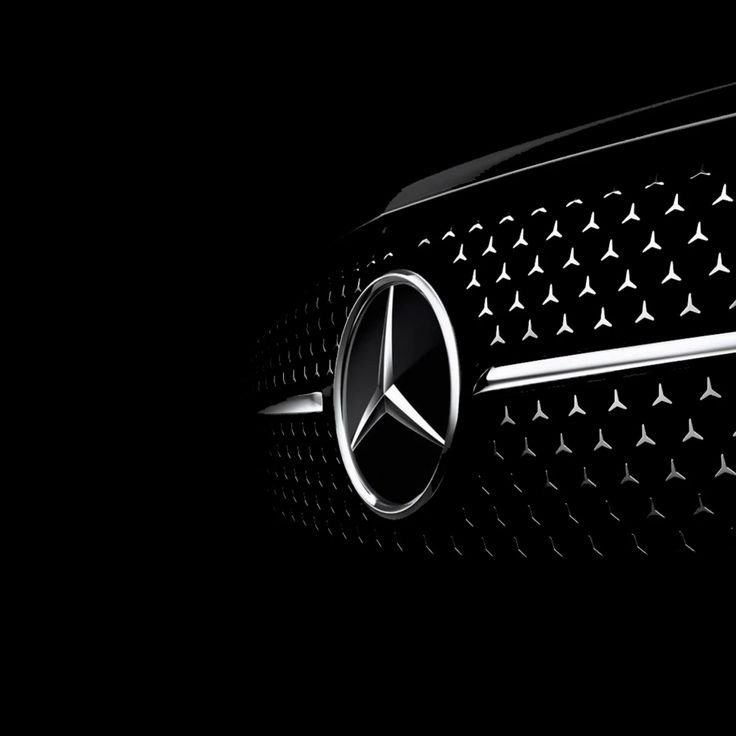
The U.S. government’s recent decision to impose a 25% tariff on imported automobiles has jolted Japanese car manufacturers, especially those that rely heavily on low-cost production in Mexico. Among the hardest hit stands Nissan, already facing struggles in the U.S. market due to an aging vehicle lineup and weak hybrid offerings. With the tariffs taking effect on April 3, automakers like Nissan, Honda, and Toyota must now make urgent decisions on pricing, production strategy, and long-term market positioning.
How Japan’s Mexico Gambit Unraveled
Japanese automakers have long depended on Mexican facilities to manufacture affordable economy vehicles for the American market. Mexico offered a strategic advantage: proximity to the U.S., favorable trade conditions, and lower labor costs. This formula made models like the Nissan Sentra accessible to middle-income American buyers. However, President Trump’s protectionist trade move has upended this plan.
In 2024, Japanese carmakers shipped nearly 880,000 vehicles from Mexico to the U.S., with Nissan exporting over 327,000—more than any other manufacturer. Among these, the Sentra, priced at $21,590, accounted for about 180,000 units. Now, a 25% tariff will significantly raise the cost of these vehicles, potentially alienating price-conscious consumers.
Koji Endo, head of equities research at SBI Securities, explained the core issue: “Automakers rely on Mexican production to keep prices low. You can’t just hike up the price of economy models like the Sentra without risking sales.” As a result, manufacturers now face a squeeze between maintaining profit margins and avoiding price hikes that could push buyers away.
Nissan Takes a Bigger Hit Than Its Rivals
Nissan stands at the center of this storm. Around 27% of its U.S. sales depend on vehicles manufactured in Mexico. That’s more than double the ratio for Honda and over three times that of Toyota. And Nissan’s current position in the U.S. already looks precarious. The company has slashed its profit forecasts three times in the past financial year. Credit agencies have downgraded its debt to junk status.
Goldman Sachs predicts that the tariffs will slash Nissan’s operating profit by 56% in the current fiscal year. The impact on Mazda could be even worse, with a projected 59% profit drop. Toyota and Honda, with more diverse product lines and better local production distribution, would see smaller setbacks—6% and 8%, respectively.
Nissan’s new CEO, Ivan Espinosa, has acknowledged the need for rapid transformation. The 46-year-old former planning head, who hails from Mexico, has vowed to cut development times drastically. He faces an uphill task: slow decision-making and outdated models have already cost Nissan a proposed merger with Honda earlier this year.
While Nissan declined to detail its strategy to deal with tariffs, its silence highlights how unprepared the company appears compared to its peers.
Honda and Toyota Take Precautionary Steps
Honda and Toyota have started evaluating contingency plans. Honda may restructure its North American production network to minimize cross-border movement of parts and vehicles. According to sources, the company now plans to manufacture its next-generation Civic hybrid in Indiana instead of Mexico. This decision would insulate the model from tariffs and help Honda maintain competitive pricing.
Toyota, with its broader product lineup that includes high-margin trucks and luxury vehicles, seems better equipped to weather the storm. The automaker has decided not to change its operations or pricing strategy for now. This cautious approach suggests Toyota is watching the political climate before committing to costly operational changes.
Still, even Toyota cannot afford complacency. The company remains heavily reliant on cross-border trade and will need to reevaluate that model if tariffs persist.
Consumers Will Bear the Brunt
As manufacturers absorb part of the tariff burden, they will inevitably pass some costs to consumers. James Hong, head of mobility research at Macquarie, calculated that consumers could see prices rise by around 20%—a significant increase for buyers of economy cars. That figure accounts for the fact that tariffs apply to the vehicle transfer price, not the retail price.
With inflation already squeezing wallets, a price hike could turn buyers toward used cars, which would in turn push up demand and prices in the secondhand market. For budget-conscious consumers, that shift could limit options and delay vehicle purchases altogether.
Many automakers lack sufficient spare production capacity in the U.S. to relocate assembly from Mexico. Building new plants takes time and capital, neither of which offer quick relief. Until then, Japanese automakers must either accept thinner margins or risk losing market share.
The Future of Japan’s U.S. Auto Strategy
This crisis forces Japanese manufacturers to reconsider their North American strategies. For years, building cars in Mexico offered a cost-effective way to serve the American market. Now, that model looks increasingly risky under a protectionist U.S. administration.
Companies like Nissan may need to invest in new U.S.-based production or seek out other low-cost countries that remain tariff-exempt. Honda’s quick decision to shift hybrid production to Indiana may serve as a blueprint for others. Toyota’s existing U.S. manufacturing capacity offers some buffer, but even it must prepare for potential escalation in trade tensions.
In the longer term, automakers could accelerate electrification efforts and develop high-margin models to offset rising production costs. Companies may also explore AI-driven production planning and leaner supply chains to regain efficiency.
Conclusion
The new U.S. tariffs have struck a major blow to Japanese automakers, particularly Nissan, which finds itself at a crossroads. The decision exposes the risks of relying too heavily on one production hub and highlights the need for agility in a volatile trade environment.
Automakers must now rethink how they balance cost, capacity, and customer expectations in a rapidly shifting landscape. While some, like Honda and Toyota, have already started pivoting, others like Nissan must act fast or face deeper losses. As consumers prepare for higher prices, the industry braces for a turbulent period ahead.





